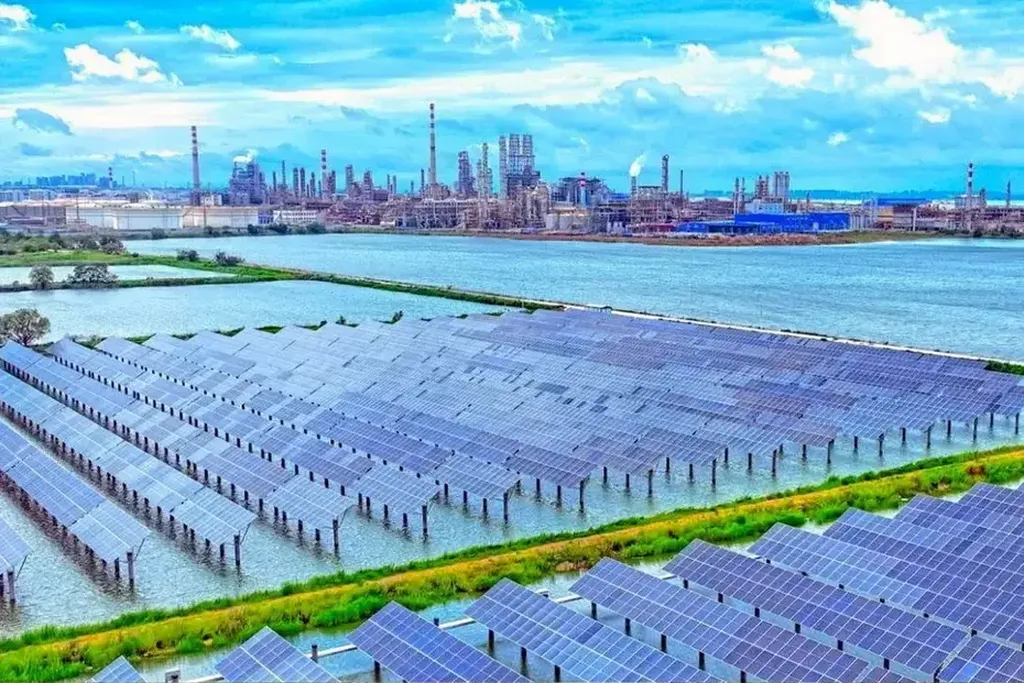Researchers from the University of Colorado Boulder, including Nathan J. Szymanski, Kent J. Warren, Alan W. Weimer, and Christopher J. Bartel, have published new findings that could significantly impact the development of solar thermochemical water splitting, a promising method for producing hydrogen fuel using renewable energy. Their work, published in the journal Nature Communications, sheds light on the role of cation vacancies in the redox behavior of iron aluminate spinels, a type of material used in water splitting processes.
Solar thermochemical water splitting involves cycling metal oxides between reduced and oxidized states to split water into hydrogen and oxygen. Traditionally, this process has been thought to occur through an oxygen vacancy mechanism. However, recent experimental work has suggested that cation vacancies, or missing positive ions, might play a more significant role in the redox behavior of iron aluminate spinels. This idea has been debated, as calculations predict that such cation vacancies are thermodynamically unfavorable.
The researchers found that iron vacancies in iron aluminate spinels become accessible only when facilitated by inversion between iron and aluminum ions. This antisite disorder lowers the formation energy of octahedral iron vacancies in aluminum-rich spinels, allowing high iron vacancy concentrations under oxidizing conditions. This mechanism supports high hydrogen yields, consistent with experimental observations.
The findings clarify how site inversion, vacancy energetics, and defect interactions contribute to redox performance. They offer general design principles for identifying and optimizing materials that operate through cation vacancy cycling. This research could lead to more efficient and effective materials for solar thermochemical water splitting, advancing the development of clean hydrogen fuel production.
The practical applications for the energy sector are significant. By understanding and optimizing the cation vacancy mechanism, researchers can develop more efficient materials for water splitting, making the process more viable for large-scale hydrogen production. This could contribute to a more sustainable energy future, with hydrogen serving as a clean and renewable fuel source.
Source: Nature Communications, “Cation vacancies mediate thermochemical water splitting with iron aluminates”
This article is based on research available at arXiv.

